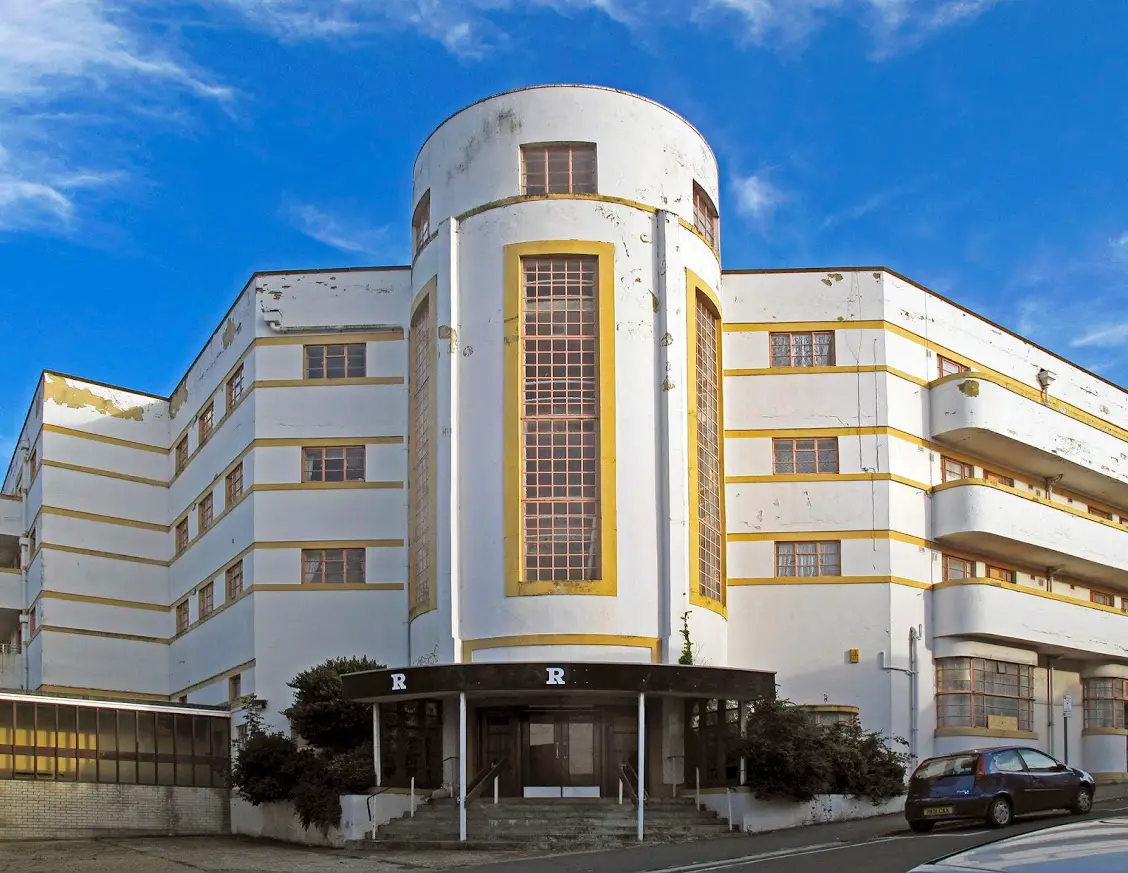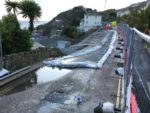Ryde and Newport are two of seven historic high streets across the South East that have been offered Government funding to give them a new lease of life and help them recover from declining footfall and the impact of the Covid-19 pandemic.
The £95m government-funded High Streets Heritage Action Zone (HSHAZ) programme, which is delivered by Historic England, will unlock the potential of 68 high streets, fuelling economic, social and cultural recovery.
Transform and restore disused and dilapidated buildings
The lead partners for the schemes (mostly local authorities) are working with Historic England to develop and deliver schemes that will transform and restore disused and dilapidated buildings into new homes, shops, work places and community spaces, restoring local historic character and improving public realm.
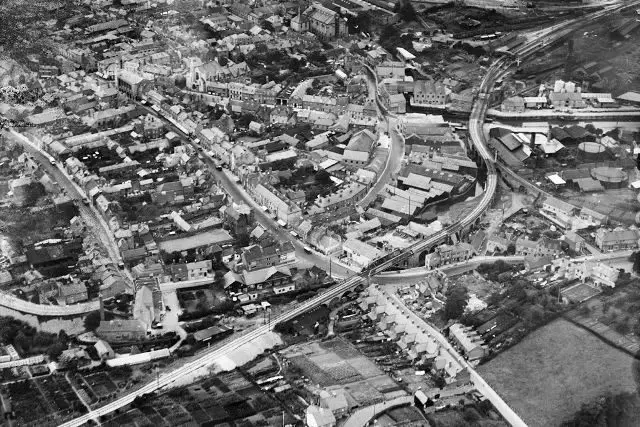
The High Streets Heritage Action Zone initiative is funded with £40 million from the Department for Digital, Culture Media and Sport’s Heritage High Street Fund and £52 million from the Ministry of Housing, Communities and Local Government’s Future High Street Fund. A further £3 million will be provided by the National Lottery Heritage Fund to support a cultural programme.
Impact of loss of business
Historic buildings on our high streets give great character to local towns and cities, making each distinctive and appealing to people. Up to 48% of the nation’s retail stock was built before 1919 and the loss of business occupiers in these historic buildings is placing them at risk and undermining the character, local identity and viability of the high street.
On top of this £95 million, the government’s unprecedented £1.57 billion Cultural Recovery Fund will help to tackle the impact the pandemic has had on our most loved arts organisations and heritage sites and breathe new life into historic high streets across the country.
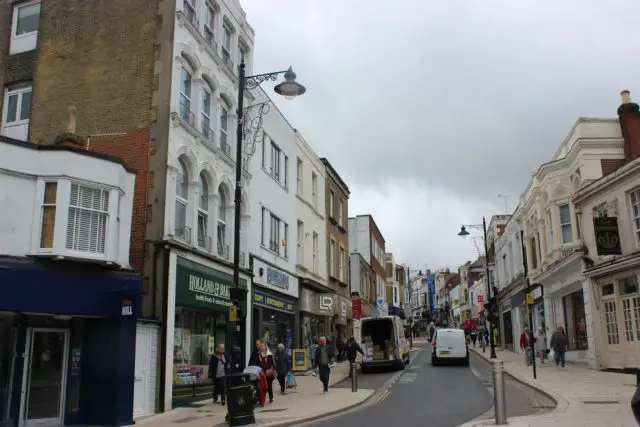
Dowden: Restoring them to their full glory
Culture Secretary Oliver Dowden said:
“High streets sit at the heart of our communities and every part of the country deserves to have one they can be proud of.
“This fund will help breathe new life into high streets in towns and cities across the country – restoring them to their full glory so that they are beautiful places for people to shop, work and enjoy.”
Tolhurst: Reinvigorating local high streets
High Streets Minister Kelly Tolhurst MP said:
“Our high streets are the beating heart of our communities and, now more than ever, have a crucial role to play in helping our towns and cities to recover from the pandemic.
“This new funding will help to transform and restore historic buildings, creating new homes, shops and community spaces, and reinvigorating local high streets up and down the country.”
It is not just the economic future and commercial confidence of the High Streets that is at stake. They have a long history of being the heart of places where local people meet, work, shop and feel part of something bigger.
Four years of cultural activities
The HSHAZ scheme includes £7.4 million to fund four years of cultural activities to engage communities with their local high streets, and celebrate the role and importance of these historic areas as hubs of the community. The Cultural Programme is led by Historic England, in partnership with The National Lottery Heritage Fund and Arts Council England.
The money will fund two arms of the programme, the first is grants distributed through cultural consortia set up by Local Authority partners. These consortia will work with artists and creative organisations local to the high streets to develop their ideas and deliver activity.
National cultural commissions
The second part of the programme is a series of national cultural commissions. Historic England is asking creatives to respond to briefs that include capturing the everyday spirit of high streets, and connecting high streets across the country; this will include a large-scale outdoor arts celebration of the high street and a four year photography commission to document the changing face of the high street. Further commissions will be announced in each year of the cultural programme.
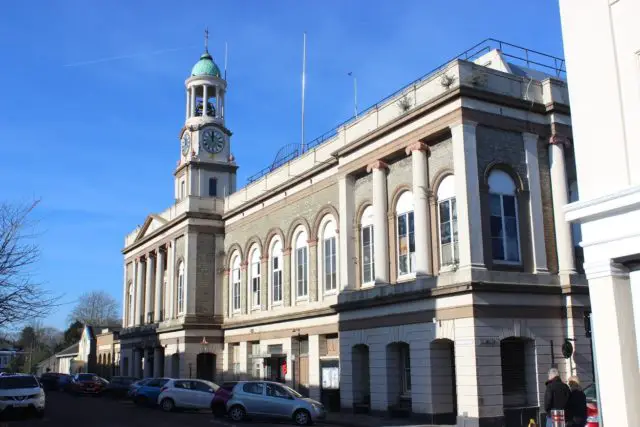
The cultural programme has already facilitated pilot grants to produce work that will be revealed in the run-up to the crucial Christmas shopping season on local high streets. From art exhibitions in empty shop windows to street art trails bringing the high street back to life, poetry penned by local people appearing on pavements to residents voicing animations, they give a flavour of what high streets can expect over the next four years’ of the cultural programme.
Gee: Distinctive history harnessed to help it achieve prosperous future
Emily Gee, London and South East Regional Director at Historic England, said:
“Whether it’s a medieval market town, or a post-war city centre, every high street in England has a distinctive history that can be harnessed to help it achieve a prosperous future.
“Investing in heritage delivers good results for people – it means looking after and celebrating the places at the heart of our communities, and the buildings and public spaces which define their character. This investment for our Historic High Streets Action Zone scheme will unlock the potential of these precious high streets and help them thrive again.”
The Isle of Wight High Streets that have been selected are:
Newport, Isle of Wight: Working in partnership with Newport and Carisbrooke Parish Council
£655,000
Newport is the historic market town of the Isle of Wight and is home to some remarkable historic buildings, a medieval street pattern and two market squares. Sadly it is suffering from retail decline, empty shops and some buildings are rundown and showing serious signs of decay. The High Street Heritage Action Zone will seek to build on the regeneration work already carried out by the community, with aims including making the High Street a place that everybody living here wants to use and visit, and increasing residential accommodation within the town centre.
Improvements will be made to the paving and highways, creating a ‘people first zone’, as well as funding design guidance to ensure future development improves the area’s historic character. Studies will consider what’s needed to bring empty buildings and space into new use and a few key buildings will receive grant funding to restore their historic appearance and bring vitality back into the town centre.
Ryde, Isle of Wight
Working in partnership with Ryde Town Council
£480,000
As the gateway to the Island, the regeneration of Ryde High Street will seek to deliver wider benefits for the Isle of Wight as a whole. Ryde is an attractive seaside town but it is experiencing the same problems as many coastal towns, compounded by its island status. Its high quality Georgian and Victorian architecture, reflecting its heyday when the Royal Family were frequent visitors to the Island and popularised it for holidays, is now suffering as a result.
A dedicated pedestrian zone is planned as part of the High Street Heritage Action Zone, alongside investment in a number of key buildings which will help restore historic character. Guidance and feasibility studies will support bringing empty buildings into new uses that support the vitality of the town centre. Opportunities to increase visitor accommodation, offer ‘creative space’ for innovative new businesses and cafes that will help attract visitors and contribute to the community character will all be explored.
News shared by Celia on behalf of Historic England. Ed

